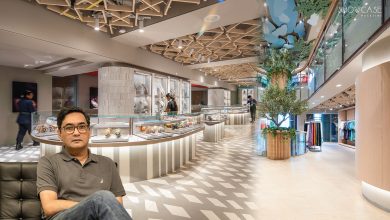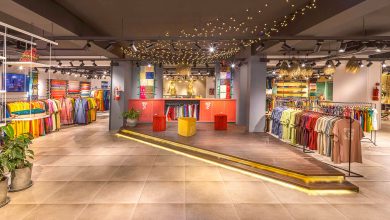In the heart of Gulshan, Anmon’s redefines what a bridal studio can be—serene, elegant, and quietly confident. Founded by young makeup artist Kaniz Fatema Anmon, the studio is a haven designed to cradle the emotional and transformative experience of bridal preparation. Conceptualized by Architect Azrin Alom and her team Architect Nazifa Tabassum at Max Space Studio, the project transforms an aging duplex into a sanctuary that marries intimacy with understated luxury.
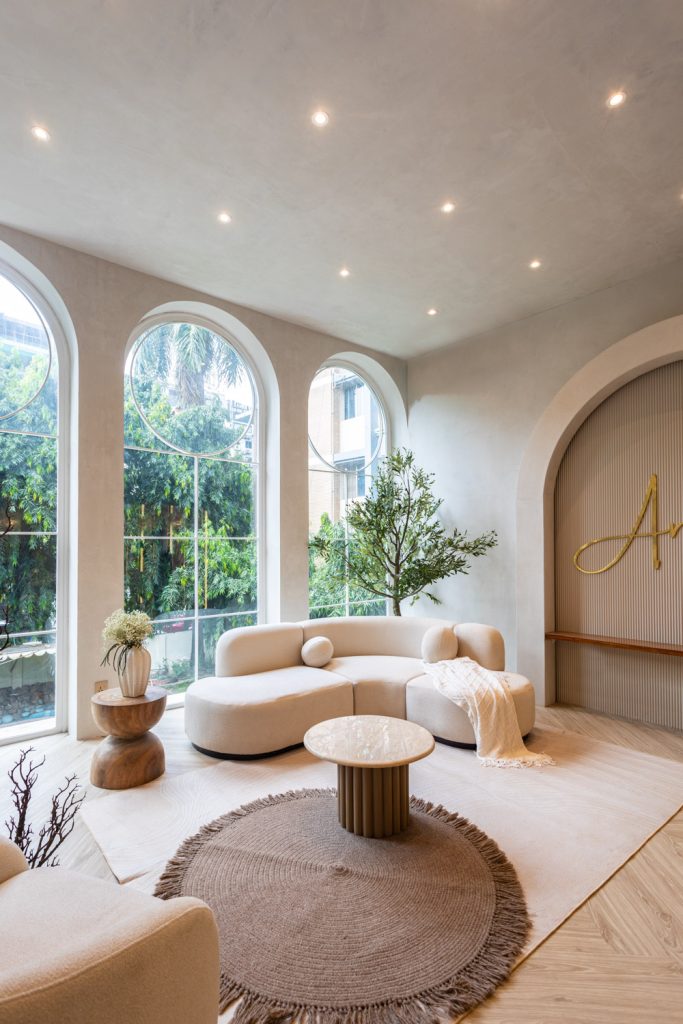
For Alom, the design began with empathy. “Bridal preparation is deeply personal,” she explains. “We wanted the space to feel calm and welcoming—a cocoon for quiet transformation.” This sensitivity guided every detail—from the layout and materials to the play of light. The resulting environment balances serenity and sophistication through a minimalist palette of beige, stone, warm browns, and muted gold. The neutral tones flatter every complexion, ensuring the bride remains the focal point.
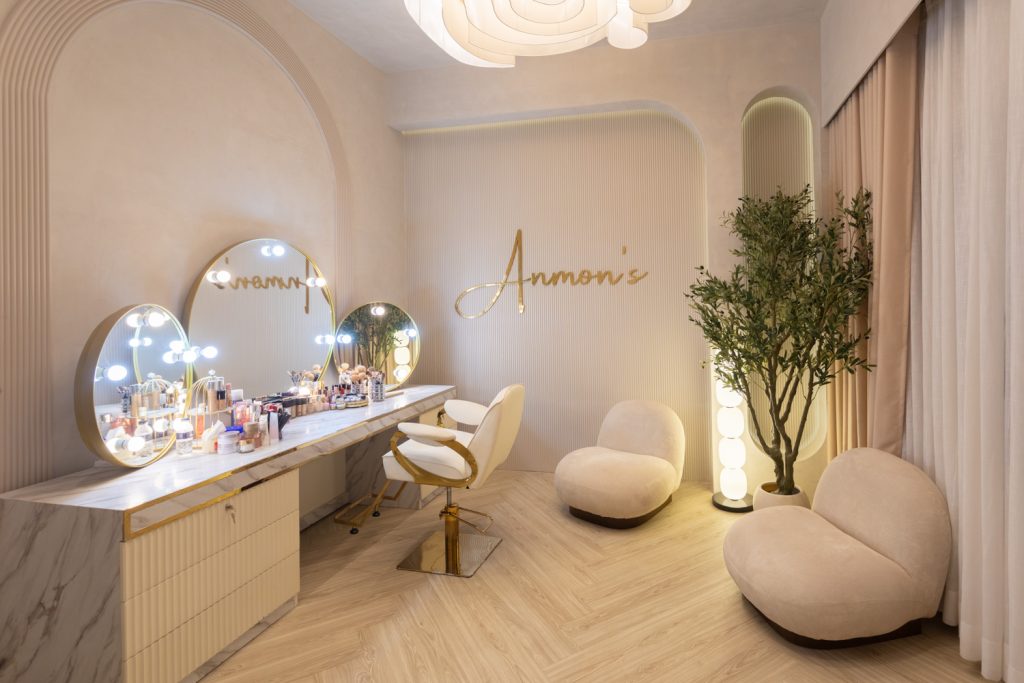
Touches of greenery soften the interiors, introducing what Alom calls a “therapeutic presence.” Plants punctuate key spaces, blending nature with architecture to create gentle pauses. The studio unfolds through a spatial narrative: from the sunlit reception with its three grand arches overlooking a garden, into secluded hair and makeup zones, and finally into Anmon’s own private sanctuary. This sequencing mirrors a bride’s emotional arc—from anticipation to serenity to confidence.
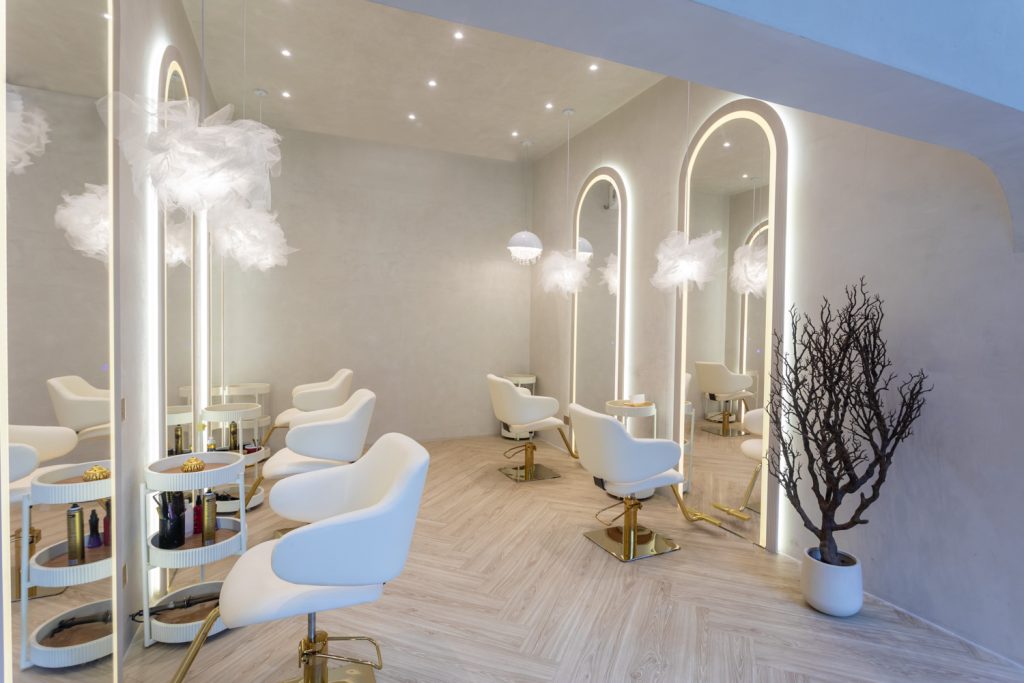
The recurring arch motif is both poetic and practical. Initially introduced to stabilize fragile openings of the old duplex, the arches evolved into the studio’s defining design element. They unify the space, soften transitions, and infuse a rhythmic calm that resonates throughout. “It began as a structural need,” Alom reflects, “but became a symbolic gesture of continuity and grace.”
Lighting, too, is treated as an art form. Natural daylight filters through sheer curtains, creating a warm, flattering glow that changes with the hours. Inside, layered lighting ensures precision without losing atmosphere—ambient fixtures for mood, task lighting for accuracy. “We studied how light behaves through the day,” Alom notes. “It had to be both beautiful and functional.”
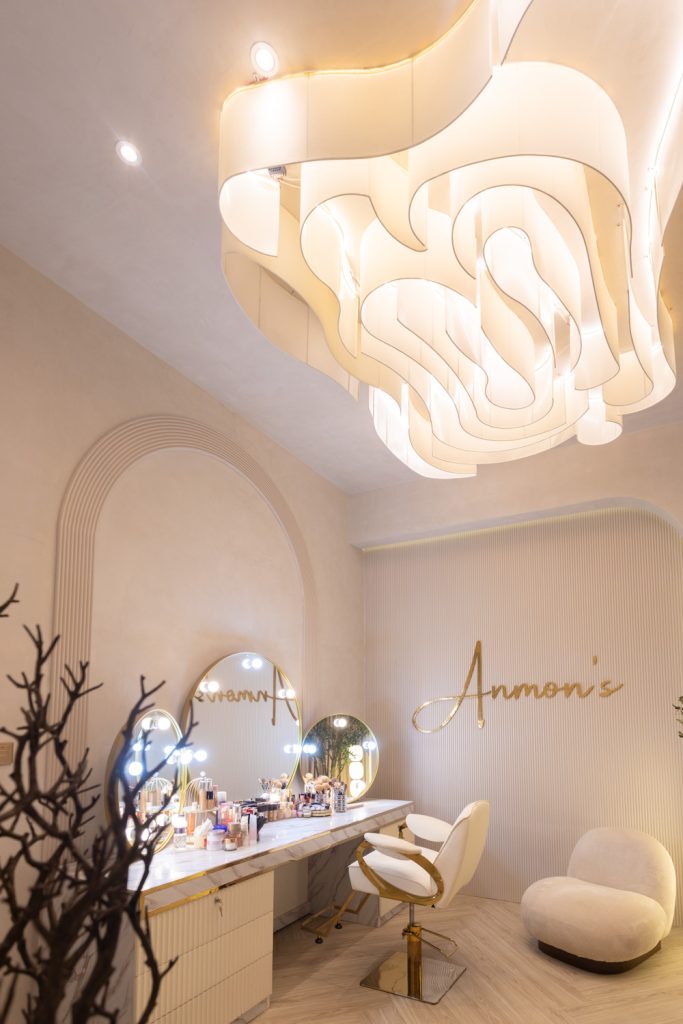
Among the most personal spaces is Anmon’s private room, envisioned as her retreat and creative anchor. Reflecting her global perspective—shaped by her training in Dubai—and her Dhaka roots, this room captures her duality: contemporary yet grounded, expressive yet composed. It also reinforces the project’s deeper intention—the studio as an embodiment of Anmon’s brand identity: understated transformation, quiet confidence, radiant simplicity.

Working within the constraints of an old brick-column structure, the design team transformed challenges into opportunities. Unable to alter walls or lintels, they reinterpreted existing forms with inventive solutions like the recurring arches and fluid thresholds between indoor and outdoor spaces. The garden beyond, bordered by tall deodars, becomes part of the bridal experience—an ever-present symbol of calm and renewal.

For Max Space Studio, the project exemplifies design as emotion. Furniture, artwork, and décor are curated not for spectacle but harmony, ensuring the environment never overshadows the bride. Every element—material, texture, or tone—serves a collective narrative of grace and transformation.
Kaniz Fatema Anmon, a rising Gen Z artist, built her brand on quiet artistry and refined simplicity. Her practice, shaped by international exposure and local sensibilities, celebrates individuality without excess. The Gulshan studio, in turn, mirrors her ethos—elegant, modern, and profoundly human.
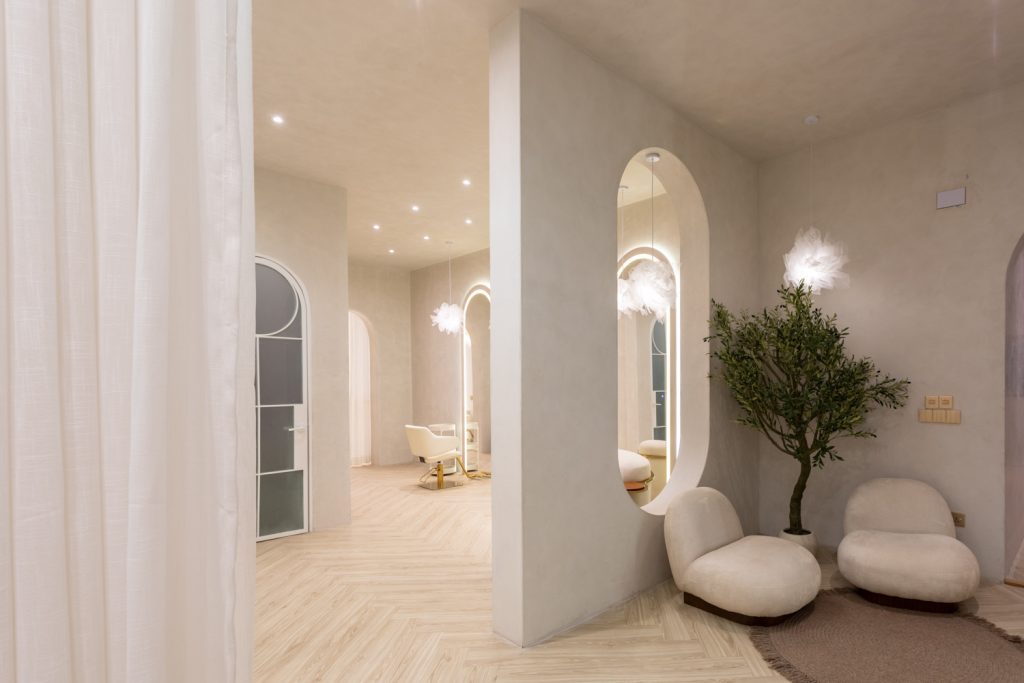
Architect Azrin Alom, principal of Max Space Studio, is part of Bangladesh’s new generation of designers who approach architecture as experience rather than form. Her work on Anmon’s embodies her belief that true sophistication lies in restraint. “The space doesn’t shout for attention,” she says. “Its strength lies in calm confidence.”
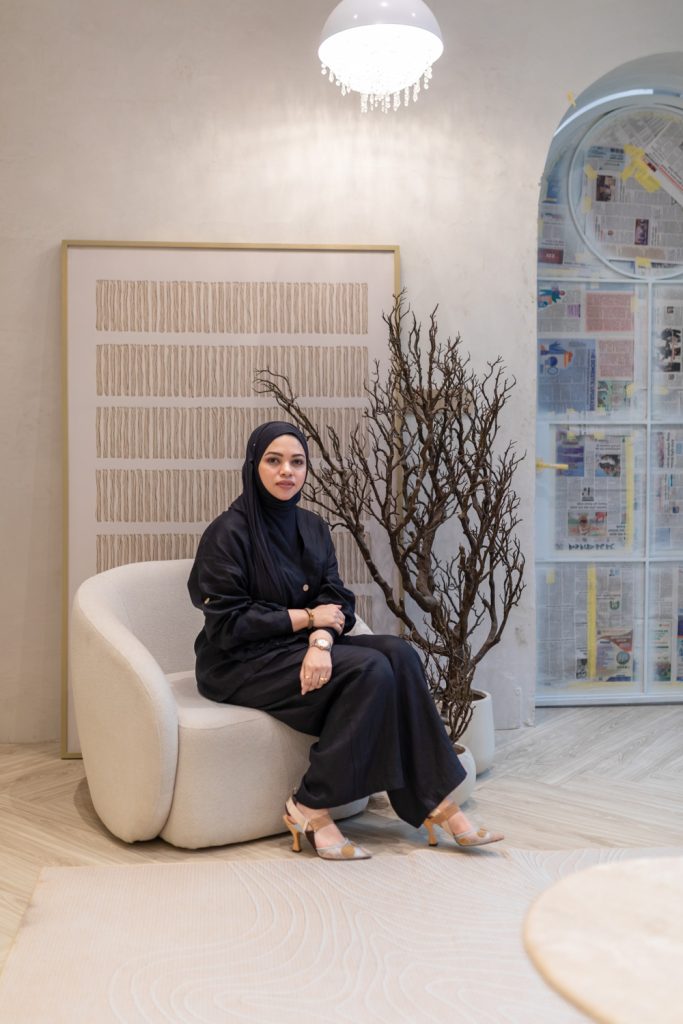
Ultimately, Anmon’s is more than a salon—it is an architectural expression of poise and femininity. Within its walls, light, texture, and emotion intertwine, creating an environment that celebrates the beauty of becoming.

